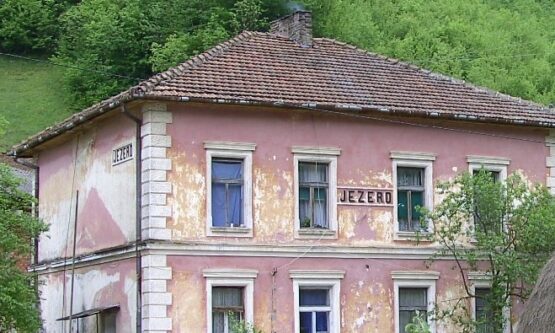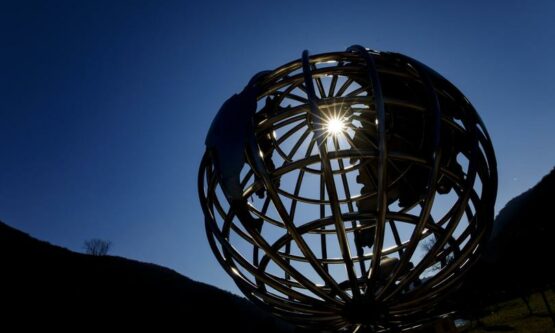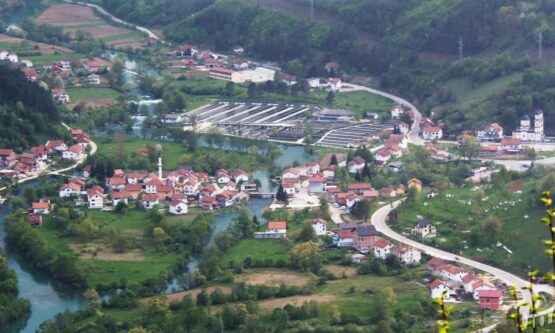Welcome to Jezero
The Municipality of Jezero is located in the southwestern part of Republika Srpska, Bosnia and Herzegovina, on Pliva lake. The administrative center of the municipality is the town of Jezero. It borders the municipalities of Sipovo, Mrkonji Grad and Jajce. Jezero’s distance from all 3 towns is approximately the same (11 km from each).
Culture
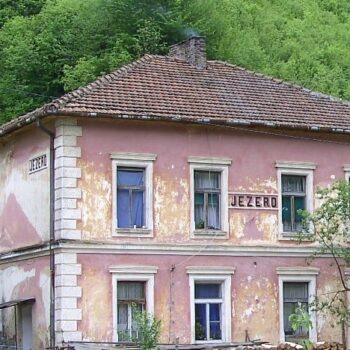
The railway station building constructed in 1913 was enlisted as a national monument in 2015. It is the only structure in the municipality of Jezero built during the Austro-Hungarian period and was a very significant object during the industrial development of Bosnia and Herzegovina.
Jezero was first mentioned in the travel diaries of Evliya Çelebi in 1660. The are records of it as well from 19th and 20th centuries, where it is described as a favorite excursion spot of travelers of the time, comparing it to Kashmir and Venice.
On the topographic maps from the 15th to the 19th century, the settlement was noted down under the names Lestro, Iesero, Lessero and Iessere.
In Ivan K. Sakcinski’s travel diary from 1850, the settlement is referred to as the town of “Bielo Jezero” (White Lake) and the area is called the “Bosnian Venice.”
Jezero was mentioned in 1878 as a place of resistance against the Austrian occupation. During the Austro-Hungarian administration, it functioned as a rural municipality under the district of Jajce in Travnik region.
The construction of the narrow-gauge railway by Otto Steinbeis in 1913 brought greater significance to Jezero as a transit and loading station. This railway played a key role during World War II but was decommissioned in 1970 due to being unprofitable.
Nature
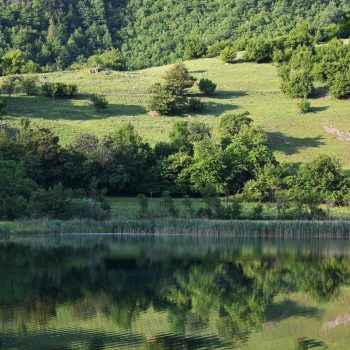
Through the center of the municipality, from south to north flows the river Pliva abundant with brown trout. Above the settlement on the eastern side rises the dominating hill Otomalj (1054m of altitude) and at its base there two smaller lakes, Veliki Djol and Mali Djol, connected by the small river Draganovac (particularly fascinating is the circular shape of Veliki Djol and Mali Djol, as perfect examples of natural geometry).
On the left side of Pliva a small river named Perucica flows in, and on the west side another small river Jošavka joins. To the southwest there is the Lisina mountain range, with peaks such as Skok (654m of altitude) and Sinjakovo (1101m). To the north lies Dubrave hill (736m of altitude).
In summer, the lake is a suitable spot for swimmers thanks to its calm and warm waters, but also for fishermen, as it is abundant with pike perch and carp. The lake is accessible via a road with parking space and a hospitality facility.
The Orthodox Church of The Great Martyr Prince Lazar
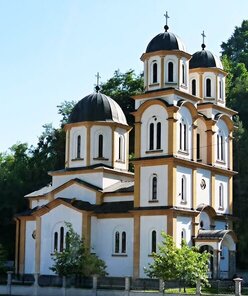
The first church in Jezero was built during the Austro-Hungarian rule, made of wood, while a new stone church was constructed in 1924. It was destroyed by the Independent State of Croatia in 1942 and rebuilt in 1949. The church was burned down in 1995 by the Croatian Defence Council and the Croatian Army of the Republic of Croatia. It belongs to the Jajce-Mrkonjić Archpriesthood within the Bihac-Petrovac Diocese.
Careva (Imperial) Mosque
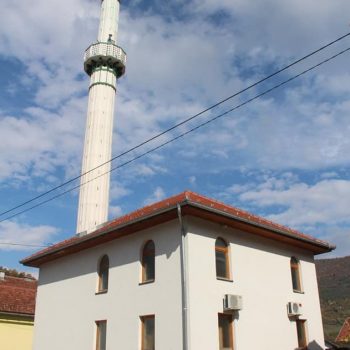
Sultan Bayezid’s or the Imperial Mosque was built on a river island between 1512 and 1524 by Sultan Bayezid II. It was renovated in 1968, destroyed in 1992, and rebuilt in 2007. The mosque is part of the Travnik Muftiate and the Jajce Majlis.
Jezero Crater on Planet Mars
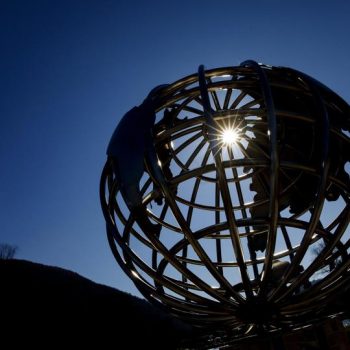
The crater on Mars was named after the municipality of Jezero, as witnessed by a letter from NASA awarded to the municipality in September 2019 by the U.S. Ambassador to Bosnia and Herzegovina, Eric Nelson.
As a part of NASA’s Mars 2020 mission, a rocket carrying the rover “Perseverance” was launched on July 30, 2020. This event was streamed live in front of the municipal building in Jezero. The rover successfully landed on Jezero Crater on Mars, with the mission to collect samples and seek evidence of life in the crater.



